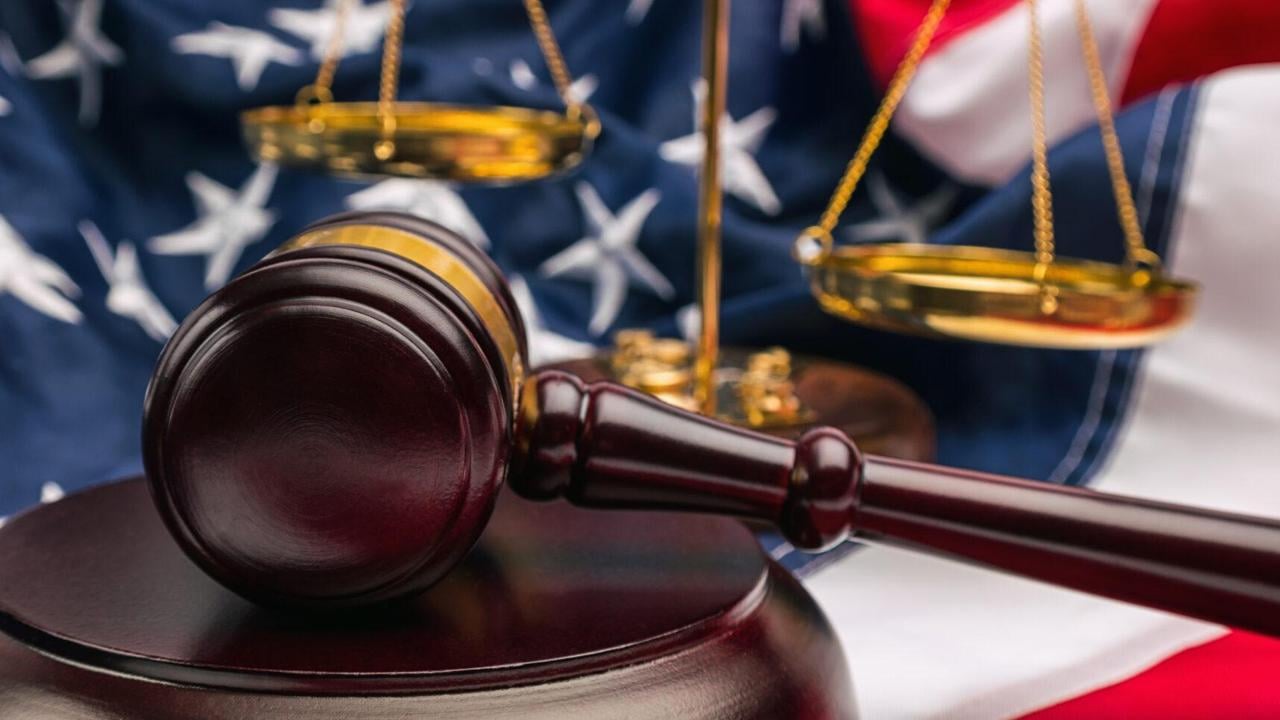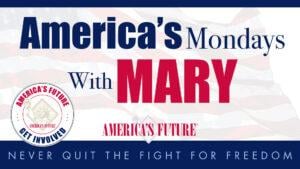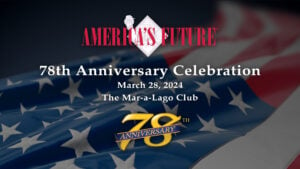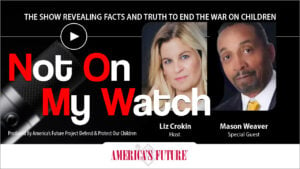
The FBI is viewed as the nation’s premiere “law enforcement” agency. That would cause many to assume that if the FBI learned that another government agency had developed a plan to violate federal law, the FBI would stop it in its tracks. You certainly would not expect the FBI to participate in a criminal conspiracy that would lead to the murder of others. Well, that expectation would be a mistake.
Most Americans recall “Operation Fast and Furious” as the handiwork of the Bureau of Alcohol, Tobacco and Firearms (ATF), but not everyone knows how the FBI played a key role in that bloody scandal, with deadly repercussions around the globe.
Beginning in 2009, during the Obama Administration, the Phoenix office of the ATF developed a plan to allow unauthorized purchasers to buy guns in the United States to “walk” them into Mexico knowing many would be sold to powerful drug cartels, so they could later trace the firearms. As it turns out, there is no evidence that ATF did much to trace the guns, but we do know that many were used to commit crimes by Mexican drug cartels and terrorists.
If tracing the guns was never the plan, what was its purpose? Many believe that the Obama Administration wanted to find an excuse to crack down on Second Amendment rights, reasoning that an ATF and FBI-fueled crime wave could help push Congress to enact more gun control laws.
In 2010, the ATF program became known as “Operation Fast and Furious,” and transitioned from a local ATF operation to one run by a combination of federal agencies including the Drug Enforcement Agency (DEA), Immigration and Customs Enforcement (ICE), and, not surprisingly, the FBI. In fact, future FBI Director and later Trump Special Counsel Robert Mueller was apparently involved in the planning stages of the “Operation.”
It is a crime to buy a firearm from a Federal Firearms Licensee (FFL) on behalf of another person — punishable as a felony known as a “straw purchase.” By June 2010, more than 1,600 weapons had been sold through suspected straw purchases surveilled but permitted by the FBI and other agencies, at a cost of more than $1 million. Over 300 of these weapons were later found at crime scenes — 179 in Mexico and 130 in the United States. Before the project was over, more than 2,000 guns were allowed to be trafficked illegally.
On Dec. 14, 2010, U.S. Border Patrol Agent Brian Terry was killed by suspected operatives of a Mexican drug-smuggling organization. Two rifles found at the scene were tied to Fast and Furious. After Agent Terry’s murder, ATF agent John Dodson decided to blow the whistle on the program. He testified to Congress and revealed that “the Mexican bandits who gunned down Terry were working for FBI operatives and had been sent to the border to do a ‘drug rip-off.’” Dodson revealed that the DEA was aware a large shipment of drugs would be sent through the canyon the night Terry was killed. The DEA advised the FBI, who then “advised criminal informants from another cartel that the load would be ‘theirs for the taking.’”
On July 11, 2011, Senator Chuck Grassley and Congressman Darrell Issa wrote to FBI Director Mueller for information about the FBI’s role in Operation Fast and Furious through its Phoenix, Arizona, Tucson, Arizona, and El Paso, Texas offices. They had learned that “at least one individual who is allegedly an FBI informant might have been in communication with, and was perhaps even conspiring with, at least one suspect whom ATF was monitoring.” They asked FBI Director Mueller: “How many paid FBI informants, prospective informants assigned an informant number, or cooperating defendants (‘informants’) were in communication with any of the ATF suspects … under Operation Fast and Furious.”
Senator Grassley followed up with another letter in July 2011 stating: “The evidence we have gathered raises the disturbing possibility that the Justice Department not only allowed criminals to smuggle weapons but that taxpayer dollars from other agencies may have financed those engaging in such activities.” As is routinely the case, the response of the FBI is unknown, and the American people continued to be kept in the dark about these illegal FBI activities. In a memorandum dated February 1, 2012, Grassley and Issa wrote that, with Fast and Furious, the ATF was unknowingly targeting FBI assets.
When federal crimes are committed, often it is the FBI that leads the investigation. But when the FBI has been complicit in the crime, can the American people trust the results of any investigation? It is no surprise that Americans believe that there never will be any accountability for crimes committed by employees at the U.S. Department of Justice, including the FBI.
As of 2013, it was reported that at least 1,400 of the more than 2,000 guns trafficked under “Fast and Furious” were still unaccounted for, so the death toll of the FBI’s gunrunning scandal may still not be final. However, a postscript to the bloody gunrunning tale can be added. In November 2015, a team of 10 Islamic terrorists carried out a wave of shootings across Paris, France, and 130 people died in the deadliest peacetime attack in French history. One of the weapons used in the attack was tied to Fast and Furious.
America could do nicely without law enforcement agencies that create such mayhem, and the ATF and the FBI should be the first to be axed.







